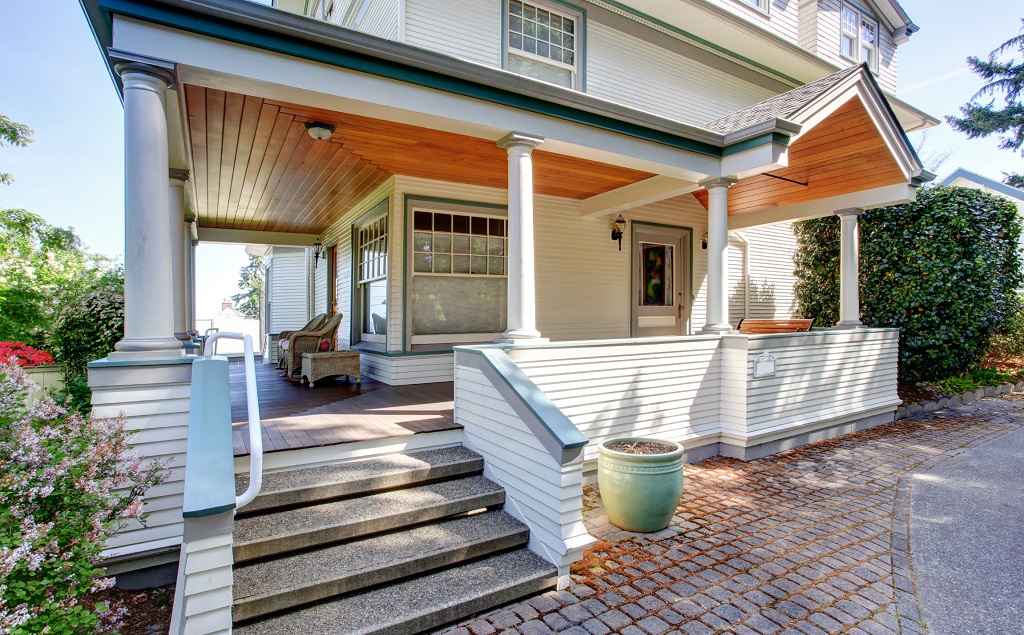Whether you’ve recently purchased a fixer-upper or have been struggling with a seemingly never-ending, insurmountable list of home repairs, here’s how you can take control of your home projects.
Our neighbors recently purchased a 44-year-old home in a probate sale, due to the death of the owner who had lived in the property for over 30 years. Unfortunately, the older man did not have the strength or finances to maintain the home or to complete many of the cosmetic or structural repairs that could have garnered a $2 million+ price tag for the estate.
The home, with its original architectural style, has over 3,000 square feet of living space, with commanding views of the verdant Los Angeles canyons. The new owners got a real deal in the transaction, yet they failed to follow the first rule of real estate when purchasing an older home – have a fix-it game plan!
Table of Contents
- Start Repairs from the Top Down
- Ensure Safety & Security
- Plan One Project at a Time While Thinking Ahead
- Enjoy the Experience!
Also see:
1. Start Repairs from the Top Down
When buying an older home, especially a “fixer upper”, be sure to review your inspector’s report thoroughly and plan your remediation projects by prioritizing those items that will affect the structural integrity of the building.
In the case of the above mentioned property, the new owners should have paid particular attention to the home’s roof. During the first seasonal rains in December, the house had water streaming from interior walls, since the wind carried sheets of rain in multiple directions, exposing all of the home’s vulnerabilities.
We suggest that new homeowners pay attention to roofs, foundations and framing first, before considering any cosmetic changes, or you could be wasting considerable time, money and effort, otherwise.
- Assessing Your Roof
- Assessing Your Foundation
- Assessing Your Framing
- Assessing Your Exterior Envelope
Also see:
- Still Waiting for a Repair Technician? Give Virtual Home Repairs a Try!
- Best YouTube Channels that Help Homeowners Learn
- Repiping Your House: Early Signs It Might be Time to Repipe
Assessing Your Roof
Your roof’s age and lifespan will depend on its composition and the weather conditions it has endured. The most durable roofing material is slate, with a life expectancy of over 150 years, while the least durable roofing material is asphalt, or composition shingle, which has an average duration of 15 to 25 years, depending on weather conditions.
Water damage to the interior of a home, specifically the ceiling or walls, as well as mold smells and sightings, is a clear sign that a new roof is in order. All, or any one of these signs, should make roof replacement a priority on your list of home repairs, especially if noted in the home’s inspection report.
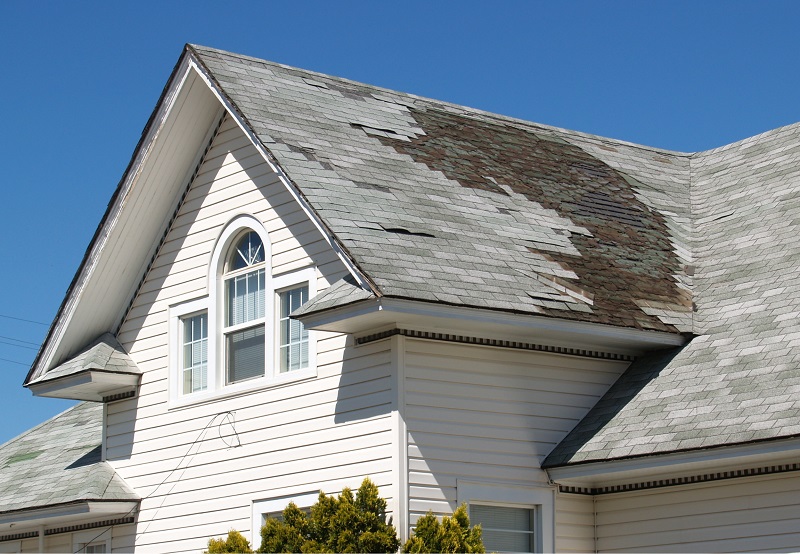
Hail Damaged Roof
If you have purchased your home in a new location, be sure to research the seasonality of inclement weather patterns, so that you have ample opportunity to correct major issues before the next expected major storm or severe weather season.
Also see:
- What to Consider Before Purchasing a Solar Panel System for Your Home
- Need a New Roof? Why You Should Give Solar Shingles a Chance!
- Home Inspection Technologies to Alleviate Your Purchase Anxiety
- If You Own a Fireplace, You’ll Want to Read This
Assessing Your Foundation
Foundation cracks or slippage of the structure off the foundation should be apparent to any qualified home inspector, so pay keen attention to this information on the inspector’s report and ask questions.
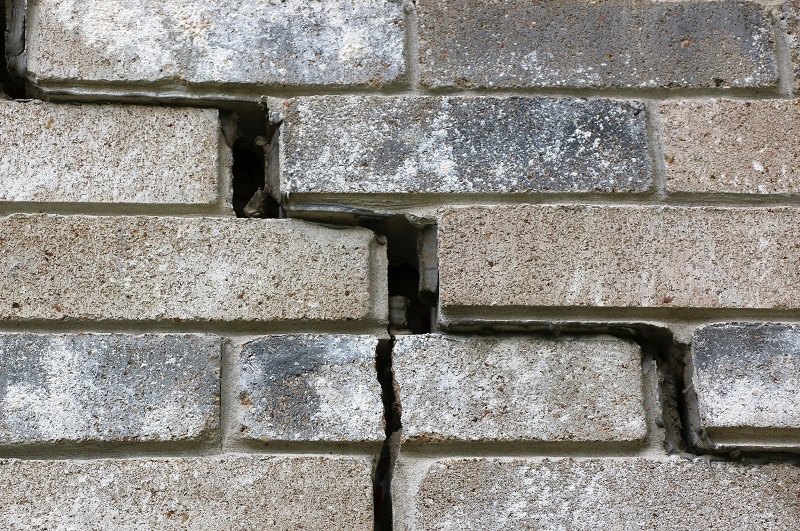
Damaged Foundation
Many issues are repairable if caught in time, but serious problems, if unaddressed, can result in structural collapse. Check that water is kept away from the home’s foundation by inspecting downspouts and gutters during actual rainstorms.
Walk around the home and visually inspect your home’s foundation for erosion or obvious cracks. Interior signs of foundation failures can be seen in large wall or ceiling cracks, door jamb failures, or uneven floors.
Also see:
- The Traits & Risks of Dangerous Trees: Is Your Property Safe?
- Non-Invasive Plumbing Tech for Repairing Your Home’s Sewer Line
Assessing Your Framing
Structural framing issues can be caused by termites, changes in soil volume, or simply the quality of the framing work by the original builder. All homes have local government ordinances and building practices which must be adhered to in order to satisfy the area’s building codes. Make sure your home is up to code!
Framing and load bearing issues can be detected by buyers who pay attention to uneven flooring, which may have shifted due to soil or foundation movement. Inspect door framing, as any increases in margins above the door are usually a good indicator of framing related issues.
Assessing Your Exterior Envelope
Items that are needed to protect the interior of the home from the exterior are also a priority, such as windows, doors and siding. Make sure that seals are tight and caulking is not cracked, missing or otherwise damaged.
Seals and caulking should be performing at peak to insure that damage does not occur during inclement weather. Also include inspection of vents and various HVAC systems that can be found throughout the home. Check that the condensate drain and drip pans are far enough away from the structure to prohibit water damage.
2. Ensure Safety & Security
Securing your home from accidental hazards, such as fire, is extremely important as the National Fire Protection Association (NFPA) reports that 26% of reported fires, during the period of 2015 to 2019, occurred in homes. The report states that most home fires and fire casualties are the result of:
- Electrical Distribution
- Heating
- Cooking
- Intentional Fires
- Lighting Equipment
- Smoking
Also see:
- Why Prescriptive Maintenance is the Cure for Homeowner Headaches
- Security and Safety Products for Your Home Renovation Project
- Protection and Safety for Your Home Renovation Project
- Signs of a Bad Contractor Before You Sign a Contract
Check for Signs of Electrical Fire Risks
Insuring that the property is safe and secure is essential, especially if you have moved in your belongings and your family. Pay attention to signs of electrical problems such as: flickering lights; excessive breaker tripping; and cracking or buzzing noises near electrical panels. All of these signs could indicate a faulty breaker-to-panel connection or “hazardous arcing” situation.
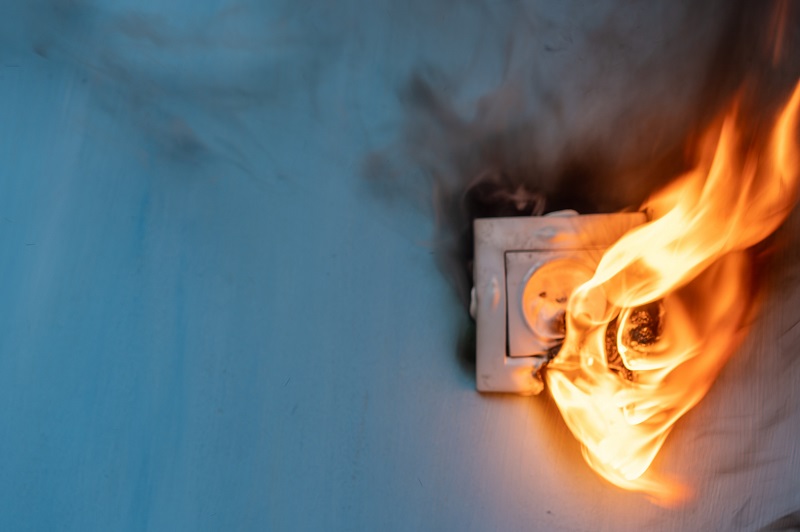
We suggest hiring a licensed and qualified electrician for all inspections and remediation work. Your unlicensed Uncle Larry may have wired his own house, but if a fire occurs as a result of his unlicensed tinkering, the insurance company will reject the claim.
Install Detection Systems
Installing fire and carbon monoxide alarms is another step that should be performed as soon as you take possession of the premises. Make sure to change batteries in these device during the switch to and from Daylight Savings Time, as this will force you to perform your semi-annual checks with regularity.
Similarly, installing alarm systems with high definition cameras has become a must for today’s homeowners, as there are alarm systems available for every price point. Many of these systems are also equipped with additional alarm features that place calls to fire or police departments, while you shuttle your family to safety.
Invest in an Advanced Water Leak Detection With Shut-Off Device
As we mentioned, water is truly the homeowner’s worst enemy and a leaky roof is just one such source of impending damage. Water leak detection systems, with shut-off capability, are a true innovation that can save homeowners thousands of dollars in home repairs.
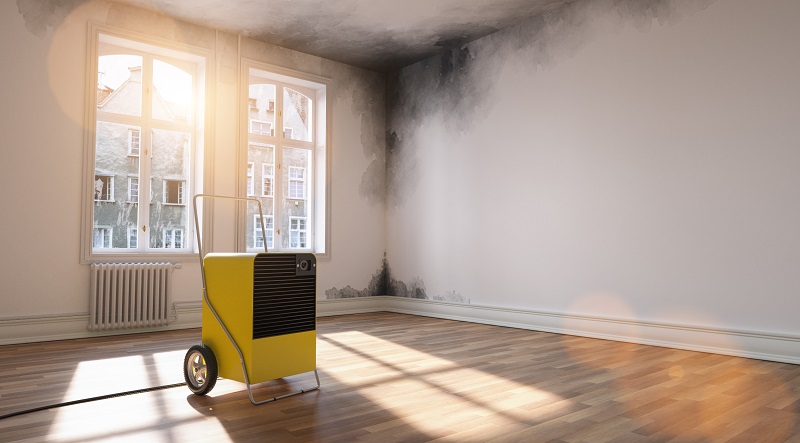
Room Undergoing Mold Remediation
Also see:
3. Plan One Project at a Time While Thinking Ahead
Although we prefer to perform one repair or project at a time, we understand that two projects can be performed concurrently, if they are not competing for financial or labor resources. Having a plan of what, how, when, and how much will give you peace of mind about your home projects, so as not to overwhelm you and your finances.
As you approach and dive into one major project, there will be ample occasions to plan and coordinate future projects. Anytime that the infrastructure of your home is exposed (e.g. walls, ceilings, floors), take this invaluable opportunity to learn more about your home and to request more accurate assessments for future projects.
An example scenario would be to call in a prospective bathroom remodeler to look underneath the flooring of your master bath, while the ceiling is open during your theater renovation, located directly below.
Assess Your Home and Prioritize Your List of Repairs
If you are a new homeowner, the best place to start your home assessment is by reviewing your home inspector’s report on the property. Prioritize your projects using the Top-Down method to prevent subsequent damage and “do-overs” for any cosmetic work done prematurely. For example, an unaddressed, leaky roof could ruin a newly painted and re-floored bedroom.
We suggest the following order of prioritization:
- Roof
- Foundation
- Framing
- Electrical
- Plumbing
- HVAC
- Insulation
- Wall Repairs & Tiling
- Cabinetry
- Flooring
- Cosmetics
Also see:
- How to Plan & Manage a Renovation Successfully
- How to Choose a Qualified & Trustworthy Contractor
- How to Hire a Handyman Safely, Wisely & Virtually
- Unforeseen Circumstances: Planning for Post-Demolition Surprises
4. Enjoy the Experience!
Owning a home can be one of the most rewarding and fulfilling experiences, but it can also be an albatross around your neck, if you allow home repair projects to go unabated.
Although you may feel overwhelmed with the number of issues that may require immediate attention, it is always important to prioritize and pace yourself, less you become burnt out from the demand that homeownership requires.
However, each project in which you take a proactive approach will help to grow your confidence, while dramatically reducing the chances of unforeseen, major issues.
Though learning bad news about the status of your home can be stressful and worrisome, keep in mind that this knowledge will always have you in a better and safer situation than not knowing about impending dangers.
Recommended Reading
- The Traits & Risks of Dangerous Trees: Is Your Property Safe?
- Home Inspection Technologies to Alleviate Your Purchase Anxiety
- 10 Traits of Innovative Homeowners
- Why Digital Twins are the Future of Homeownership
- Need Renovation Inspiration? Try These Innovative Design Resources!
- HomeTool: Making Home Repair, Maintenance & Improvements Simple
- When to Get a Home Warranty & Alternatives to Seek When Not
| Purgula is reader-supported. When you click on links to other sites from our website, we may earn affiliate commissions, at no cost to you. If you find our content to be helpful, this is an easy way for you to support our mission. Thanks! Learn more. |

